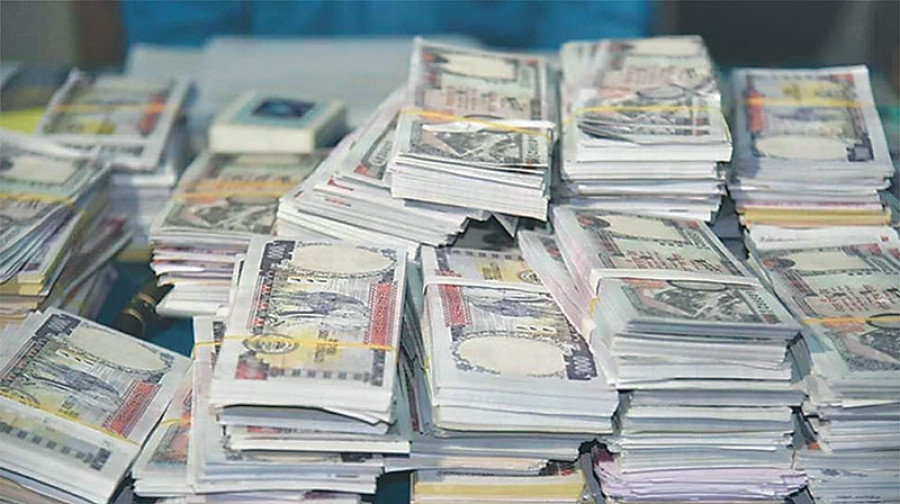Money
Rupee tumbles to record low
The Nepali rupee plunged to a record low on Thursday, with the Nepal Rastra Bank (NRB) — the country’s central bank, fixing the exchange rate at Rs110.37 per US dollar for Friday. The Nepali rupee’s freefall is an effect of the steady depreciation of the Indian rupee with which it is pegged.
The Nepali rupee plunged to a record low on Thursday, with the Nepal Rastra Bank (NRB) — the country’s central bank, fixing the exchange rate at Rs110.37 per US dollar for Friday. The Nepali rupee’s freefall is an effect of the steady depreciation of the Indian rupee with which it is pegged.
Earlier, the rupee had plunged to its lowest value at Rs110.28 per US dollar on November 25, 2016.
According to the Indian media, the Indian rupee has slumped to an all-time low as resurgence in crude oil prices and the emerging market selloff took a toll on the currency.
The Indian rupee plunged nearly 8 percent to hit an all-time low of 69.09 against the dollar on Thursday. At this level, the domestic currency surpassed its previous record low of 68.86 hit in November 2016, according to Indian media reports.
Economist Madan Kumar Dahal said the depreciation of the Indian currency against the US dollar was the main reason behind the falling value of the domestic currency. “Had we have sufficient reserve of US dollar, we could have maintained stability in the exchange rate to some extent even in the pegged system with Indian currency,” Dahal said.

According to Dahal, Nepal is struggling to maintain adequate reserve of the US dollar at present due to declining rate in inflow of remittance with a fall in outbound workers and rising imports.
With the surge in imports and slow rate of remittance earnings, the country’s balance of payment position stood at a deficit of Rs18.93 billion in the first ten months of the current fiscal year, shows Nepal Rastra Bank statistics. The balance of payment was in surplus of Rs53.81 billion during the review period last year.
Dahal said the depreciation of domestic currency could further exert pressure on the balance of payment. In addition, it could raise the market price significantly as the country is dependent on imported goods.
As Nepali industries import raw materials from India by paying US dollars, they will have to bear additional burden. “Similarly, the project cost will also rise as almost all the capital goods needed for project construction are imported,” Dahal said.
Despite the fall in the value of the Nepali rupee vis-à-vis the greenback making domestic products cheaper for foreign buyers, there has been no increase in exports as Nepal’s export basket is too small.
The country shipped goods worth Rs66.65 billion while imports swelled to a staggering Rs985.83 billion as of the first ten months of this fiscal year.
On the bright side, the appreciation of dollar can attract more tourists as it offers more purchasing power to the visitors from abroad. Also, it can benefit the remittance earners as the remittances that migrant workers send home will have more of Nepali currency while exchanging against dollar.




 22.12°C Kathmandu
22.12°C Kathmandu














